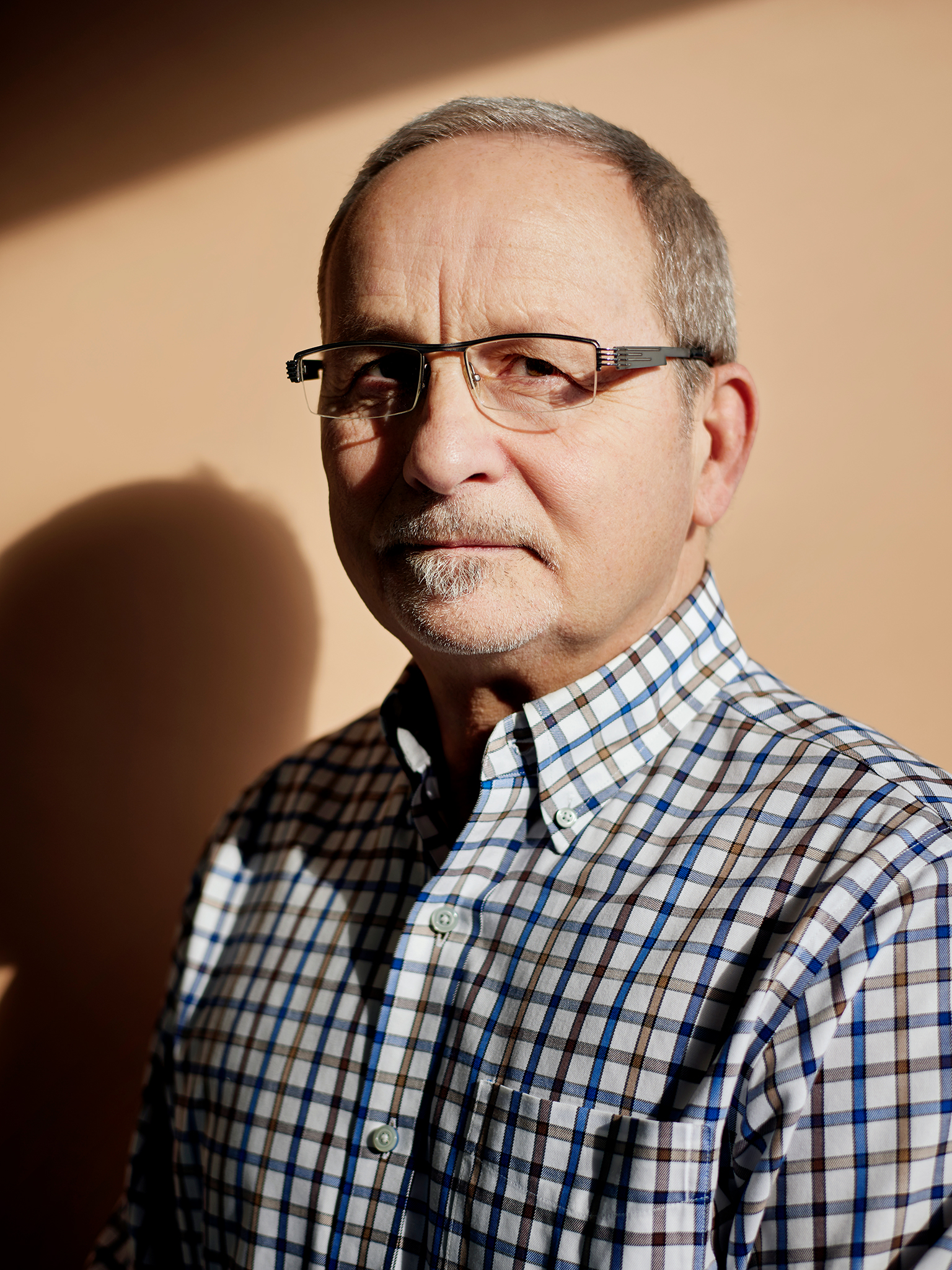View
Muscling In
by Nichole Jankowski
photography by Mike Ford
Exercise is known to be good for you – it keeps you agile, active, healthy and fit. Even better, a growing body of research shows that regular physical activity can help you live longer by slowing the aging process. How does that work, exactly?
According to David Hood, a professor in the Faculty of Health at York University’s School of Kinesiology & Health Science, the answer lies in mitochondria, the powerhouses of cells. When mitochondria age they become weak and dysfunctional, triggering the release of molecules that lead to cell damage that accelerates the progression of a variety of age-related diseases. It’s all interconnected.
“With age and inactivity, the more mitochondria deteriorate, the less energy they produce, and the less likely people are to exercise. This leads to a further decline in mitochondrial function – a feed-forward mechanism,” says Hood, an NSERC Tier 1 Canada Research Chair in Cell Physiology.
A pioneer in the study of exercise physiology, Hood has been studying the phenomenon for decades. Where other researchers are searching for a panacea to help in the mitochondrial renewal process, Hood is adamant that there is nothing better than exercise for restoring mitochondrial function and cellular regeneration.

His research looks to discover if the benefits of exercise at the subcellular level are even greater than we currently know. To shed new light on why poorly functioning mitochondria accumulate in aged muscle, Hood has tasked himself with examining the role played by lysosomes in the aging process.
Known as the “Pac-Man” organelle, lysosomes are responsible for destroying cellular waste, including mitochondria that no longer function as they should. Currently, there is virtually no knowledge about the role of lysosomes in aged human or animal muscle. “The forgotten organelle is what I call it,” says Hood, founder of the Muscle Health Research Centre (MHRC) at York, the largest centre of its kind in Canada.
But they are important, he emphasizes. Lysosomes can clear out bad mitochondria from muscle, a process that slows with age. Why does this happen?
To help find out, the Canadian Institutes for Health Research (CIHR) has recently awarded Hood with more than $1 million over five years.
“We will be studying whether or not the removal of bad mitochondria can be improved by regular exercise, whether there is a biological sex difference between males and females in the removal of mitochondria, and whether it’s affected by age,” Hood says.
He will also use the funding to explore whether exercise can also synthesize new lysosomes or improve their functioning.
“If we can improve lysosomal function with exercise, then that’s another reason to adopt an exercise program – not only for the benefit of synthesizing new mitochondria, but also for the benefit of improving lysosome function.” ■